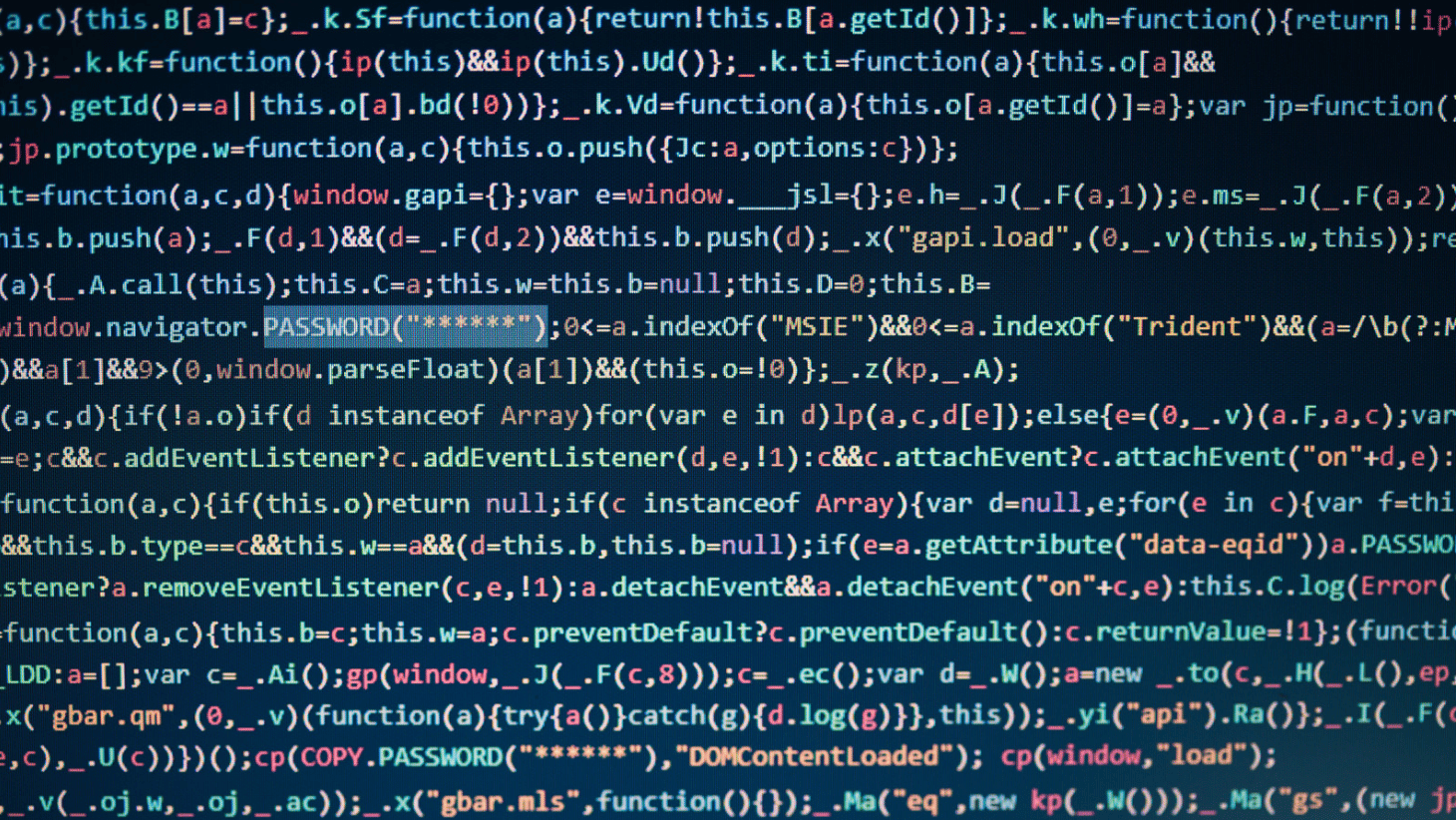
Screen scraping.
[Gasp]
Yep, we said it.
Software buyers are afraid of it and software providers don’t want to admit to using it. But why? What’s the big deal?
Why is this decades-old practice still a taboo topic?
First, let’s talk about what it is. It sounds painful but we promise, no screens are harmed. Screen scraping is simply the process for collecting screen display output from one software application and translating it so that another application can display and use it. Don’t confuse it with web scraping or content scraping, which is harvesting content from a website without the approval of the website owner.
In this case, we’re referring to how middleware applications make new devices and applications communicate with legacy applications (i.e. PC to host integration) without changing the source code for either application. Middleware is a practical solution for integrating two systems when you don’t have access to the application source code or development resources are limited. For instance, it’s how cash recyclers can be integrated quickly with an existing teller software system without the lead-time or expense of custom development.
Screen capture methods can’t seem to shake the negative stereotype or the pesky ‘scraping’ label. It’s not because screen scraping is inherently bad, it just had a rough start. In the heyday of middleware development, the technology was immature so many middleware applications struggled with it. Updating, changing display settings and other system modifications would cause the systems to malfunction or not function at all.
Many people think Optical Character Recognition (OCR) is synonymous with screen scraping but it’s just one technology used in the process. OCR is the technology that reads the text captured from an active application window. The OCR technology in use today is vastly improved and bears little resemblance to its predecessors.
Some cash automation middleware also uses other techniques to capture data from applications. These technologies analyze the data flow between two systems and extract information needed to complete cash transactions. Some data capture technologies in use are proprietary and are much different than traditional screen scraping tools. Non-OCR technologies work on a deeper level to analyze driver level code or capture data at input.
Middleware providers still fight the perception that screen scraping is old technology or simply does not work well. The current crop of software tools use a variety of sophisticated OCR and non-OCR technologies to capture data. Modern solutions have come a long way and the negative stereotypes just don’t apply. It’s definitely not your father’s screen scraping.

